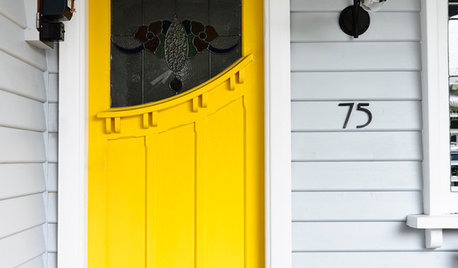I just used the singer 221 yesterday, and it does sew great on the quilt. I really want to use it more, but I had it serviced years ago, at my mother's request, but it has not been used or oiled either, since then. I looked up online at the manual, and it is so complex to oil that. I would also have to take the face place off, and the wells. I don't even know where they are. The manual said, oil it everyday. I am probably going to take it too a shop for help, but I was just wonder what you guys suggest for oiling. I know some people have them, but are afraid to use them very much. I want to use mine, and have it not just be a conversation piece. I found many opinions online, and everyone has a different take on what to do withe the oiling. I know the worst thing would be to use the wrong oil, I might destroy the motor, so what is the top of the land brand? I don't want to be cheap with this valuable machine. If I destroy the motor it is probably impossible to get a new one. Does it really take oil everyday? The face plate has strips, and is silver in color, but I would have take that off to get to the parts to oil, and that does not seem easy.







carolek
damascusannie
Related Discussions
Singer 221 Featherweight question
Q
cleaning a singer feather weight 221
Q
Singer 221 better for quilting?
Q
Need bobbin winder singer 221 advice
Q
bug_girlOriginal Author
teresa_nc7
damascusannie
carolek
budster
damascusannie
bug_girlOriginal Author
bug_girlOriginal Author
damascusannie
budster
bug_girlOriginal Author
bug_girlOriginal Author
teresa_nc7
bug_girlOriginal Author
teresa_nc7
teresa_nc7
bug_girlOriginal Author
damascusannie
teresa_nc7
bug_girlOriginal Author
bug_girlOriginal Author
teresa_nc7
damascusannie
bug_girlOriginal Author
bug_girlOriginal Author
bug_girlOriginal Author
damascusannie
bug_girlOriginal Author
damascusannie
damascusannie
bug_girlOriginal Author